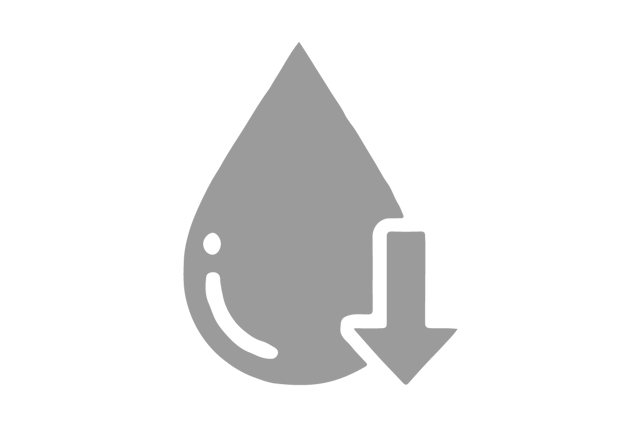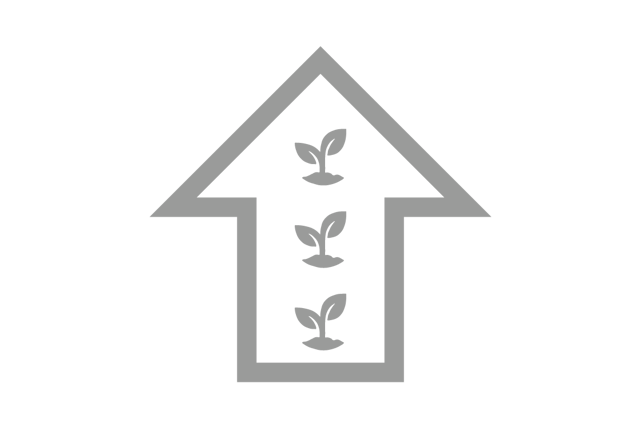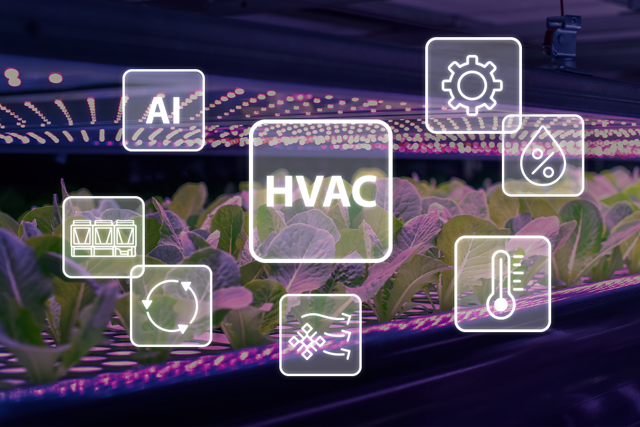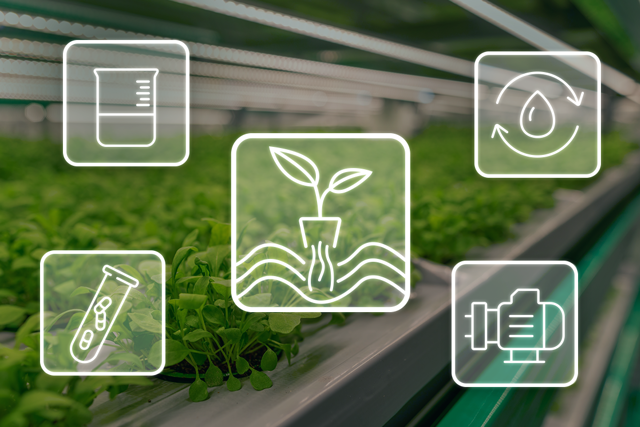
Vertical Farming
We’re here to help you boost your vertical farm’s energy efficiency and create the optimal growth conditions for your crops.
Energy efficient vertical farming
Vertical farming and controlled environment agriculture will play an important role in increasing food production globally. But a vertical farm is also a heavy energy consumer. We’re here to make vertical farming more energy efficient. Our comprehensive technology portfolio addresses everything from climate control to water circulation and nutrient distribution, and can help you cut your vertical farm’s energy use.
Why do we need vertical farming?
By 2050, the world must boost food production by 70%* to meet the needs of an ever-growing population. However, we’re already using most of the arable land available for traditional farming. At the same time, traditional agricultural production is under pressure by climate change, water scarcity and urbanization. To solve these challenges, we need to find innovative ways of growing food, and develop solutions that support urban farms and agriculture. That’s where vertical farming comes into the picture.
Vertical farming stacks crops vertically in indoor environments, using artificial lighting and precise climate control to create optimal growth conditions. This makes it possible to grow fruits, vegetables, and herbs in an urban environment where traditional soil-based systems would be infeasible.
* UN Report on Sustainable Food Production
Advantages of indoor farming
The advantages of vertical farming include using less water and enabling year-round local production, higher yield per m2, and healthier crops.





We make vertical farming more energy efficient
Yet, there are challenges. To create optimal growing conditions, vertical farmers use artificial LED lighting. These lights create heat, and the plants create humidity, meaning indoor farms need both cooling and dehumidification systems to maintain the right climate for crop growth. All of this requires a significant amount of energy. In fact, up to 40% of a vertical farm’s energy consumption comes from heating and ventilation.
These farms need to be able to compete with traditional field- or greenhouse-grown produce, from local and imported sources, and maintain a sustainable business model.
Danfoss offers energy-efficient technologies to apply in climate control solutions and in water circulation for irrigation and hydroponic systems. For example, our technologies can help cut energy usage in heating and ventilation (HVAC) systems by up to 30%. We work with commercial indoor farms to make food production more energy efficient and create a sustainable future for indoor farming.
FAQ
Vertical Farming FAQ
Contact us
Find out how our technologies can make your farming operation more energy efficient.
Get in touch here.


